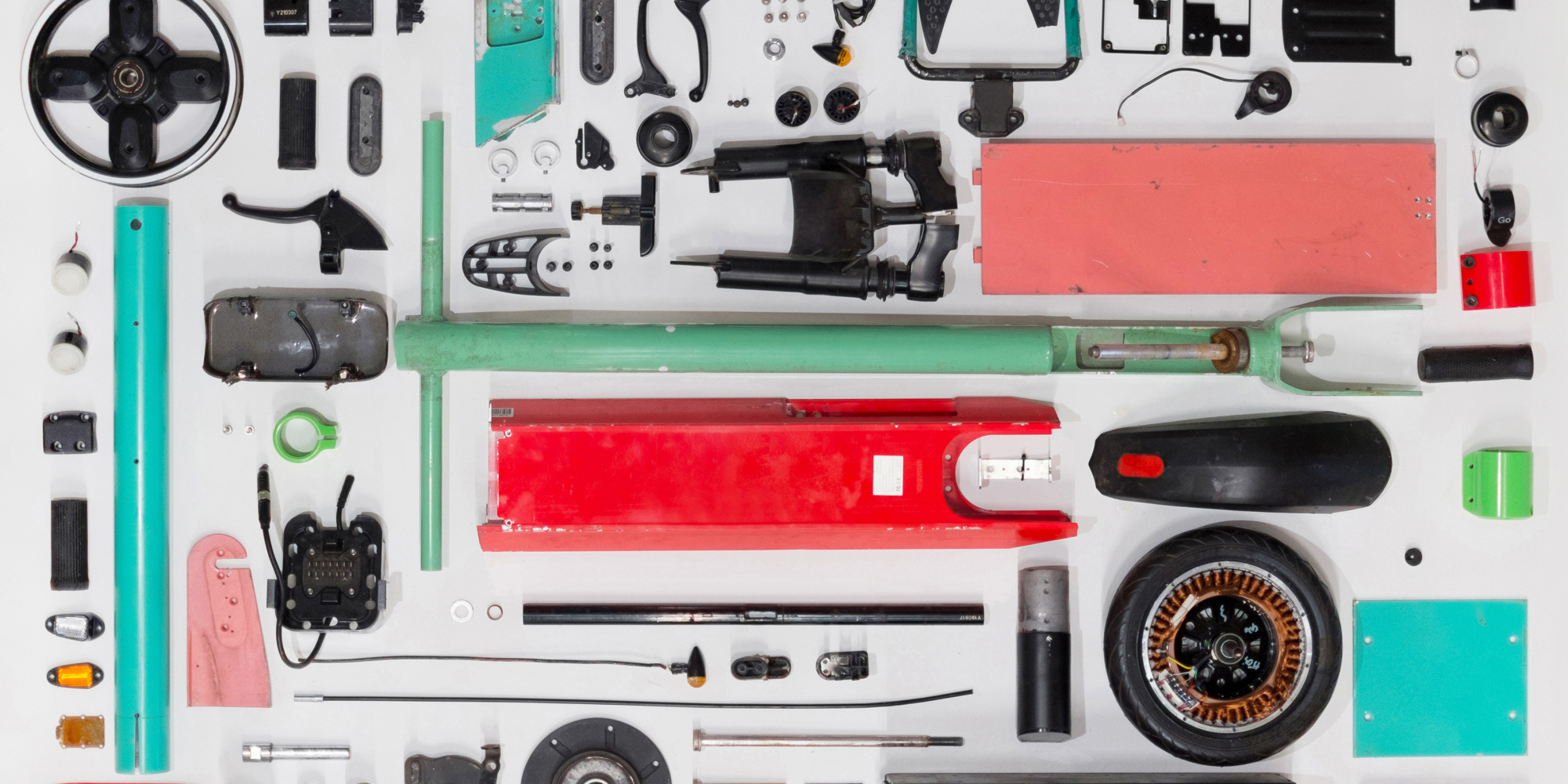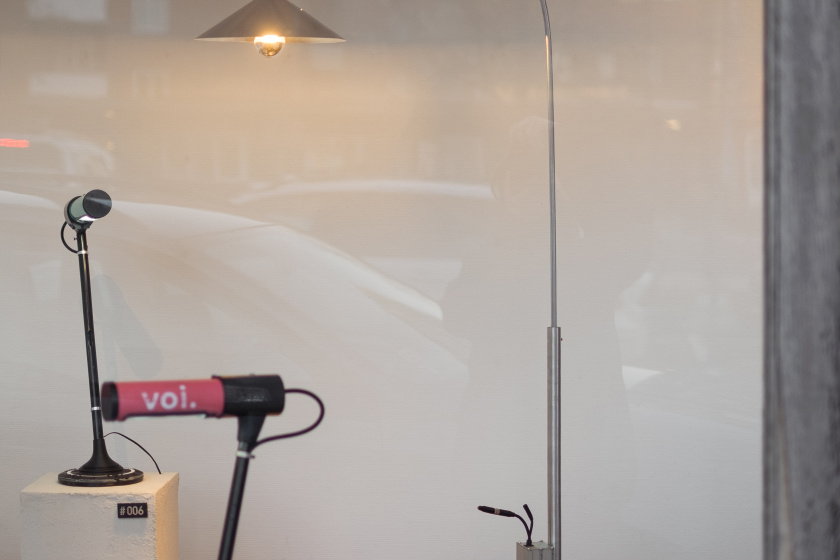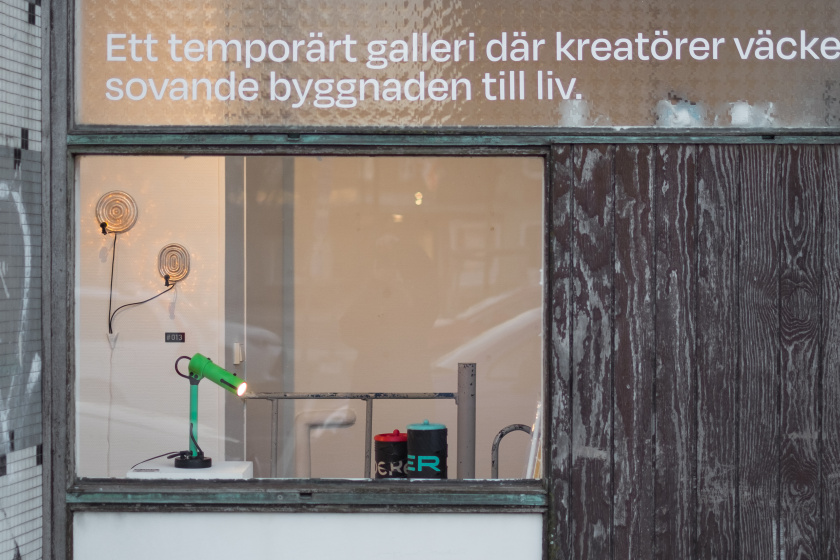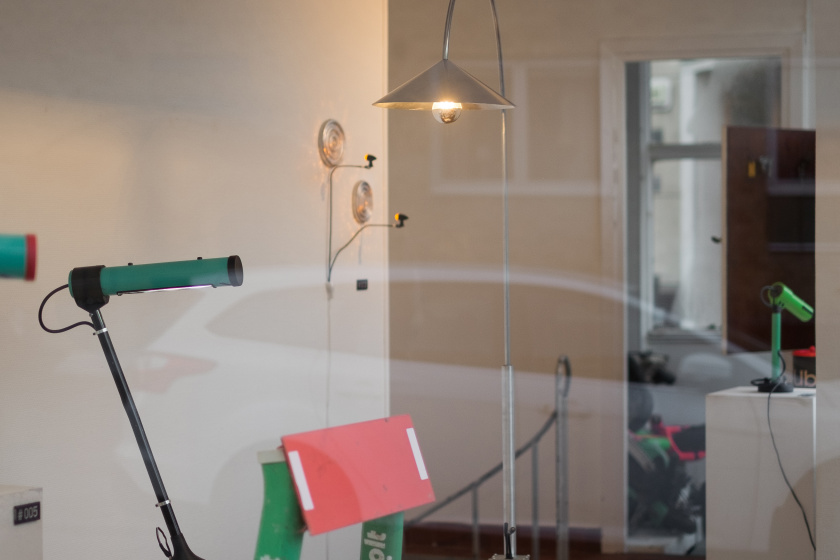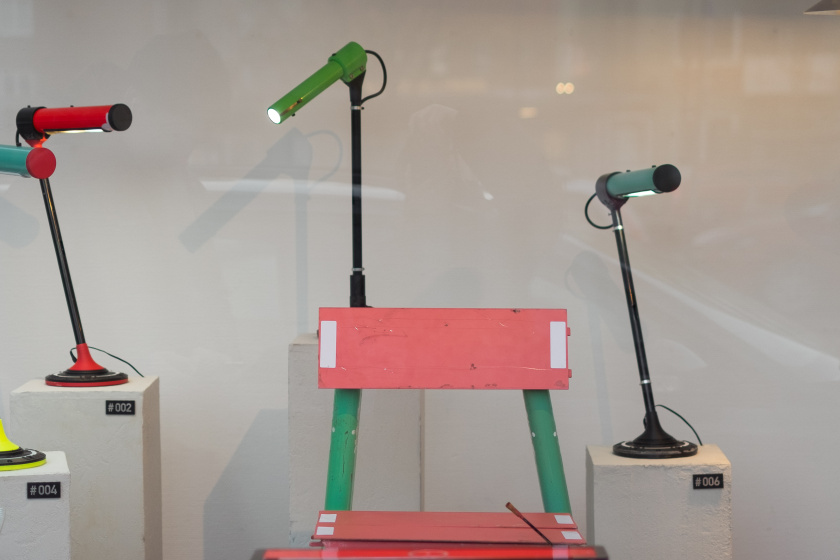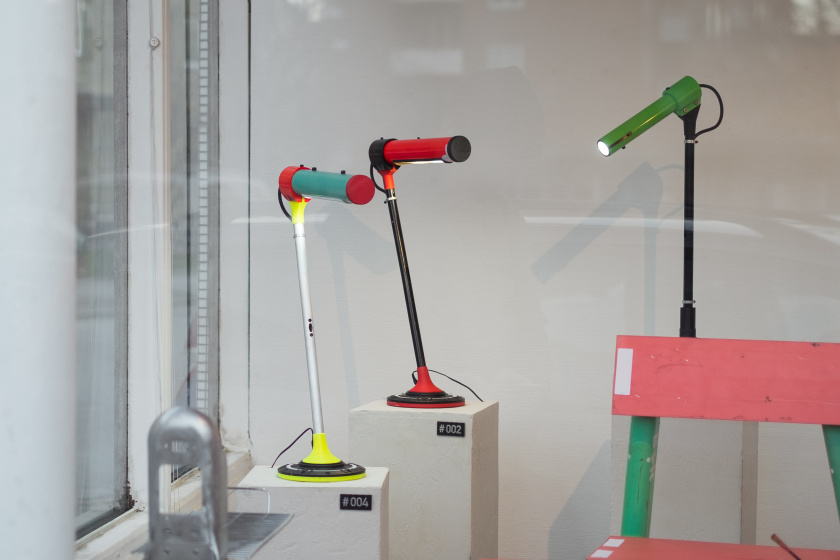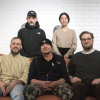Anthropocene + Archaeology = E-metabolism
When electric scooters suddenly began to appear in society they may have been a joy to many, but with the scooter also came a number of problems. The manufacturers had not foreseen how the scooters would be handled by humans - they had not put the scooter in a planned life cycle.
The term "cradle to cradle" is about a product or service following a life cycle. When an item can no longer be used, there is a plan for how it will be taken care of and returned to the cycle. The scooters are outside this cycle and the manufacturers have not made a conscious plan for how used scooters should be handled.
In addition, we who use the scooters are bad at following the recommendations that exist for this means of transport. The scooters are left in different places and dumped a bit here and there in the city - often a problem for others trying to get around. The biggest problem, however, is when the scooters end up in places where they can not be easily taken care of. One of these places is Malmö's canals, where the scooters risk becoming toxic waste because they cannot withstand being immersed in water.
With Anthropocene + Archeology = E-metabolism, we want to challenge our contemporaries to look beyond environmental degradation and see how today's materials can be resources tomorrow. How our impact on our environment on a geological scale will survive long after our contemporary death and how the materials are returned to the earth. Long after the GPS transmitter and mobile coverage have stopped working, the electric scooters remain where they were left in inaccessible places or at the bottom of the canal, ready for someone to find them and give them a place in our time again.
Within this year's Theme Proximity, we want to investigate our own proximity to the scooter as a material in a fictional future. Today, electric scooters are seen as a sign of abundance and distance us from our own world of environmental degradation, waste of resources and laziness. How can we turn our relationship to the phenomenon, the materials and our own time and see a waste today as a resource tomorrow?
With the project, we investigate how electric scooters can be seen as materials and how their inherent design can create inspiration for new objects. Built of ancient skeletons and artifacts.
The scooters used in the project are all found in more or less remote places where they were broken and without a battery. Most of them have also been fished out of the Malmö canal with the help of local divers. The scooters that disappear from the map are the ones that are the greatest threat to the environment and especially those that end up in water. The batteries can leak and cause major damage while the water spreads the environmental toxins. They were seen as rubbish and were too far away or too inaccessible for companies to find. This in relation to their estimated lifespan of less than a year means that they are seen as consumed.
The members of the collective Andra Formen are investigating how used scooters can be redesigned into new products and put into new contexts. A natural part of this process is to collect and dispose of broken scooters. To help them, they have trained divers who dive in Malmö's canals in their spare time and who over the years have picked up a staggering number of scooters from the depths.
Andra Formen's ambition is to reintroduce the scooters into a more environmentally conscious cycle and help nature by taking advantage of and recycling the parts that otherwise risk damaging the environment. In the exhibition at SSDD, they want to problematize the scooter as a service, concept and event. By lifting the scooter up from the depths of the canal, the creators show its possibilities even after it has stopped rushing forward on the streets of Malmö.
Instagram: andra_formen
